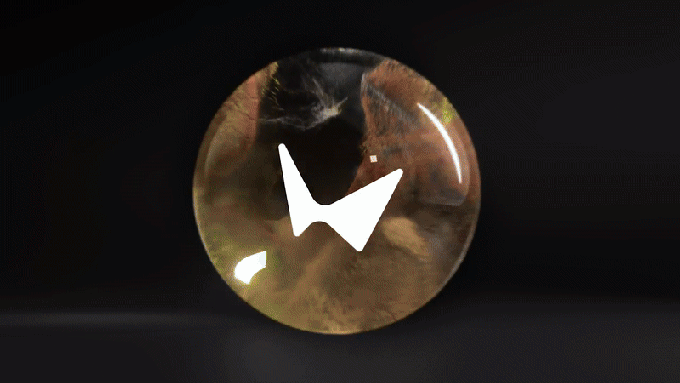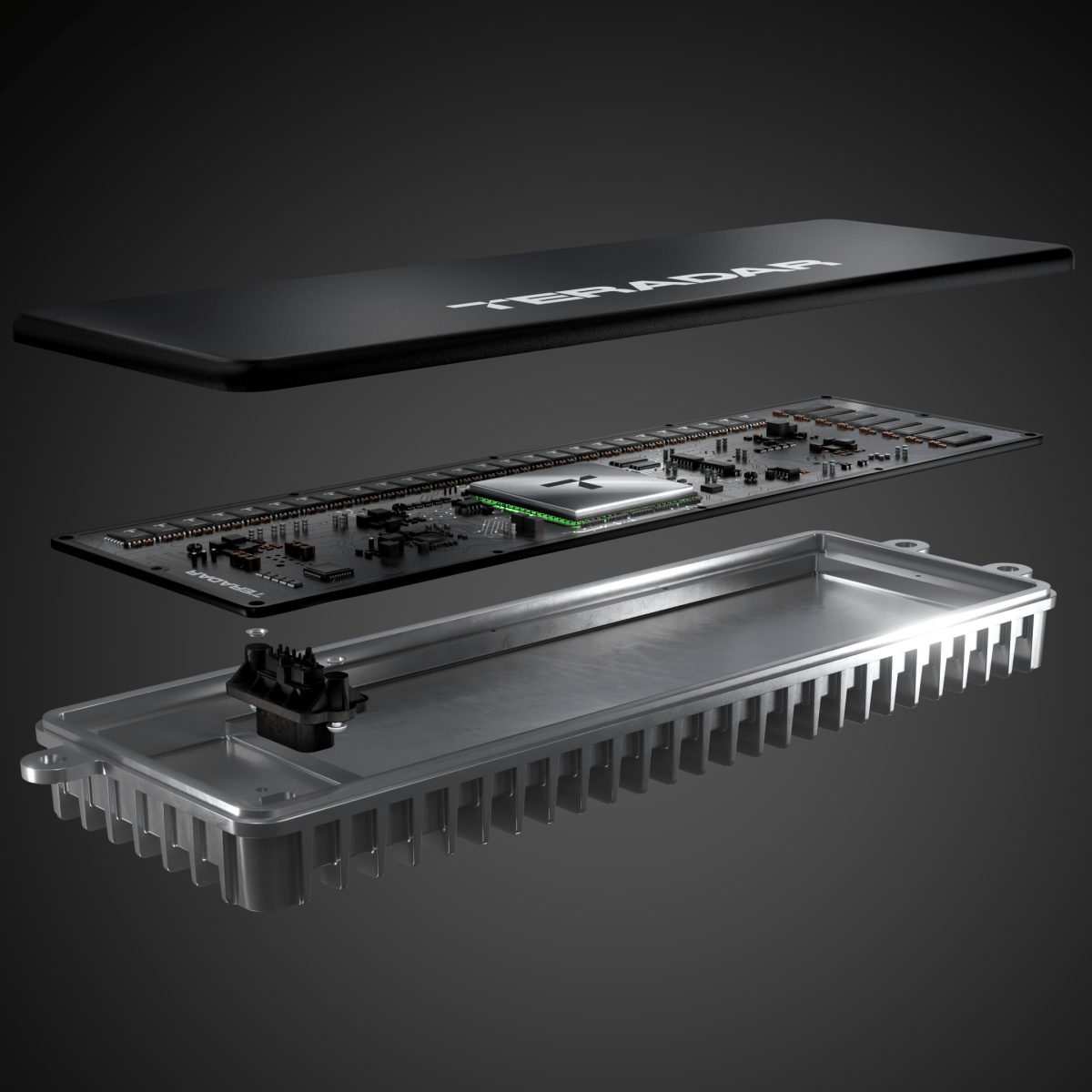Why a researcher is building robots that look and act like bats

Search and rescues missions often happen in areas that are difficult for humans to navigate due to extreme weather, rough terrain, or dangerous conditions like smoke or dust.
A researcher at Worcester Polytechnic Institute (WPI) wants to send robots inspired by bats on these missions instead of humans.
Nitin J. Sanket, a professor at WPI, has developed small flying robots with his team that fit in the palm of a hand and use ultrasound — just like bats. These robots use AI-powered software to filter out noise from the ultrasound signals the devices collect, allowing them to spot obstacles within a two-meter radius.
“Search and rescue is done on foot,” Sanket told TechCrunch. “There are a lot of people who go on foot with flashlights in really harsh conditions and put their lives at danger to save others. We thought drones are the answer because they can cover a lot of ground really fast. They can be agile and quick.”

Sanket has long been fascinated by aerial robots and drones and how the tech can be retrofitted for real-world situations. During his PhD program, his advisor challenged him to create the smallest robot possible, which sparked his research into taking cues from biology to build smaller machines.
“We had to reimagine what a drone would be at that point, which is go back to biology, because biology does this way better than we can today,” Sanket said. “How do insects or birds do it with super limited compute and not-so-good sensing apparatus? Their eyes are not that great, their brains are really small, but they’re still able to do these amazing feats of flight. So we started looking at that, and that’s what gave rise to my PhD thesis.”
Sanket built a prototype of a robotic beehive made up of small drones that could pollinate flowers. Despite his efforts, he realized that this application was probably a moonshot and started thinking of areas where biology-based robots could make a difference sooner, which led him to his current project.
Techcrunch event
San Francisco
|
October 13-15, 2026
For the search and rescue robots, the main challenge was building something with the necessary sensors and flying technology without making the robot too large, expensive, or energy intensive.
Sanket said they turned to the ultrasound sensors used in automatic faucets because they require very little power. While that approach worked, the propellers they built on the robots created too much noise, which overloaded the sensor’s ability to spot obstacles.
To fix this problem, they turned back to bats.
“Bats have these special tissues in their nose, ears, and mouth which adaptively change in thickness and density to modulate the way they hear and chirp sound,” Sanket said. “We were like, ‘Okay, that’s super cool.’ Can we do something like that? We designed a 3D-printed structure to place in front of the robot, which essentially does the same [functionally, as] what a bat does, which is change the shape of the sound itself.”
Now that they’ve been able to get the robots to work, they are working to tackle their next challenge: improving their speed.
“We, as human beings, like to try to mimic a lot of things the human brain does,” Sanket said. “We tend to forget how remarkable other animals are, which are much smaller than us. Especially insects and birds, which are much tinier, can actually do remarkable feats of navigation, which I think we don’t really see often. I think we should think more as scientists rather than just pure engineers.”








